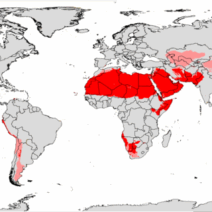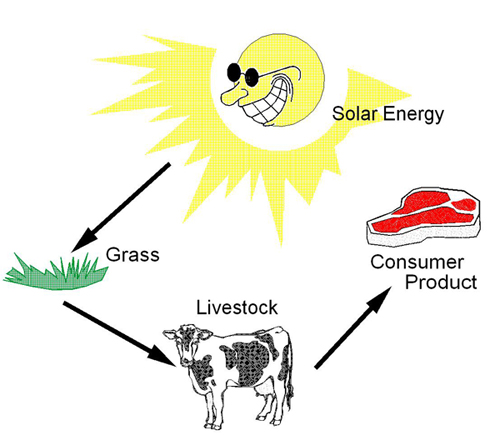The conservation of energy is a fundamental principle in physics, asserting that energy in a closed system remains constant throughout various processes. This principle raises an intriguing question: Is the conservation of energy independent of the path taken? To explore this, we need to delve into the nuances of energy transformations and the broader implications of this concept, shedding light on why it captivates both scientists and environmental advocates alike.
At the core of this discussion is the distinction between conservative and non-conservative forces. In a mathematical sense, the work done by conservative forces—such as gravitational or elastic forces—depends solely on the initial and final positions of an object, not on the specific trajectory between them. Conversely, non-conservative forces, like friction, do depend on the path taken, dissipating energy as heat and thus altering the total mechanical energy of the system. This leads to a crucial observation: energy conservation is path-independent for conservative forces, while it is path-dependent for systems influenced predominantly by non-conservative forces.
To illustrate this, consider a ball rolling down a frictionless hill and then up another hill. The potential energy at the top of the first hill is transformed into kinetic energy as it descends and subsequently back into potential energy when it ascends the second hill. The total energy remains conserved throughout this process, regardless of the specific path the ball takes along the hill. In contrast, if friction is introduced, the energy dissipated in the form of heat alters the energy conservation scenario. Here, the path taken significantly influences the outcome of the energy conservation principle.
This dichotomy can be observed in many real-world situations. For example, in hydroelectric power plants, water flows through turbines, which convert potential energy into kinetic energy and then into electrical energy. The conversion process adheres to the conservation of energy principle through the entire system; however, inefficiencies such as turbulence and friction arise, which complicate the path dependency of energy transformation. Thus, while the overarching principle of energy conservation holds, the efficiency of the process and the real-world implications underscore the importance of the path taken.
From an observational standpoint, it is fascinating to note how the concept of conservation of energy intersects with broader philosophical and environmental debates. Environmental activists often emphasize the necessity of energy conservation in our daily lives as a means to combat climate change and promote sustainability. This advocacy highlights the importance of understanding energy pathways in society, such as those found in household energy consumption or transportation systems. Every choice made, every route taken, whether through energy efficient appliances or alternative transportation, has a direct impact on energy conservation on a micro and macro scale.
The concept of entropy further enriches the discourse surrounding energy conservation and path dependence. Entropy, a measure of disorder within a system, often increases during energy transformations involving non-conservative forces. This inevitable progression towards increased entropy emphasizes that while the total energy remains constant, it becomes less useful over time, complicating discussions about energy conservation. Thus, although energy is conserved in strict terms, the quality and usability of that energy can diminish based on the ‘path’ of transformation it follows.
The fascination with energy conservation is also magnified in the context of renewable energy sources. Solar, wind, and hydroelectric power exemplify energy pathways that can flourish through sustainable practices. By harnessing natural resources, society can minimize the environmental impact associated with energy consumption. In this respect, understanding the conservation of energy as it pertains to renewable energy pathways becomes pivotal. Each method of energy production has distinct pathways that impact efficiency and effectiveness, influencing the broader conversation about how society can sustainably meet its energy needs.
Moreover, the relationship between energy conservation and economic viability cannot be overlooked. As industries strive for greater efficiency, understanding the nuances associated with energy pathways becomes essential for minimizing costs and maximizing output. The obsession with optimizing routes—whether in manufacturing processes, transportation logistics, or energy distribution—demonstrates a tangible engagement with the concept of path dependency in energy conservation. By strategically selecting pathways that minimize energy losses and enhance productivity, businesses can contribute to greater conservation efforts on a global scale.
In conclusion, while the principle of conservation of energy holds true irrespective of the path taken in ideal conditions governed by conservative forces, real-world applications elucidate the complexity that path-dependent scenarios introduce. The interdependence of energy paths, efficiency losses, and entropy illustrates a rich and intricate web of processes that underscore energy discussions. As societies evolve, an acute awareness of these factors not only shapes energy policies but also molds the collective approach to sustainable practices. By recognizing the pivotal role of energy conservation and the implications of the paths we choose, society can forge a more sustainable and efficient future for all.








